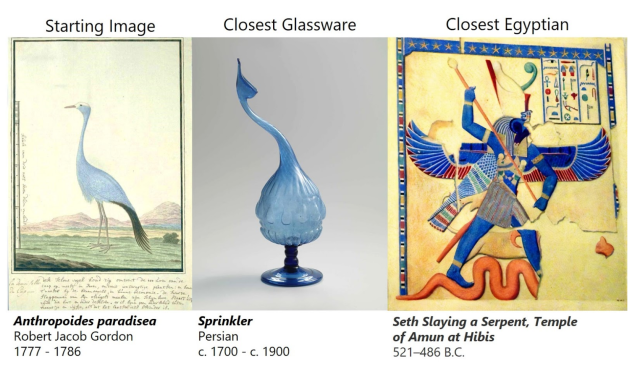According to the report released today, Snap is overwhelmingly staffed by white men. Women made up 32.9 percent of Snap’s global workforce in 2019, less than a single point increase from the year before with women making up less than a quarter of Director level employees and only 30 percent of VP-level positions. Despite constituting more than 16 percent of tech team employees, barely six percent of those teams were actually led by women.
People of color got an even shorter end of the stick. “Black/African American and Hispanic/Latinx remain underrepresented in Snap’s US workforce: 4.1 percent and 6.8 percent, respectively,” the report claims. “In 2019 overall Black/African American representation at Snap increased 0.6 percent, and Hispanic/Latinx representation increased 0.5 percent.” Native Americans make up less than one percent of the entire company’s workforce.
In leadership roles, forget about it. More than 70 percent of Director-level jobs were held by white people with 16.5 percent held by Asians, 2.6 percent held by Black/African American employees, and just 2.6 percent held by Hispanic/Latinx workers.
91 percent of employees in tech roles were either white or Asian. Ninety one percent.
In response to this imbalance, Snap took the obvious corrective path. They hired Oona King, a British Labor Party politician and former chief diversity officer of Channel 4, for their newly-invented VP of DEI role.
“We also collected a more inclusive DEI data set: Our first DEI Self-ID Survey enabled US-based employees to self-identify as LGBTQ+, people with disabilities, veterans, or first generation in their family to attend college. The Self-ID data collection is voluntary, and 60 percent of our US team completed the survey. Later this year, we will begin a global rollout of this expanded data collection,” the company reported.
“We will first continue to improve within Snap, and then work to open-source the future of DEI,” Snap continued. “We want to collaborate on solutions that work and share them with our peers as well as tomorrow’s startups, including our growing network of developer partners.” Which basically means that they’ll continue to do the absolute bare minimum to avoid being called to the carpet so long as we continue buying their ridiculous sunglasses.



